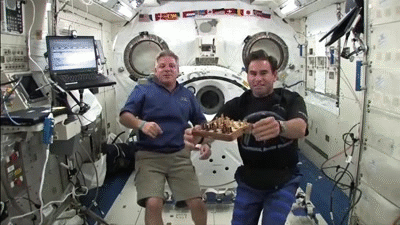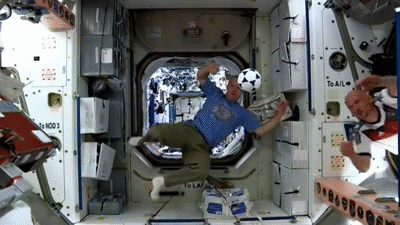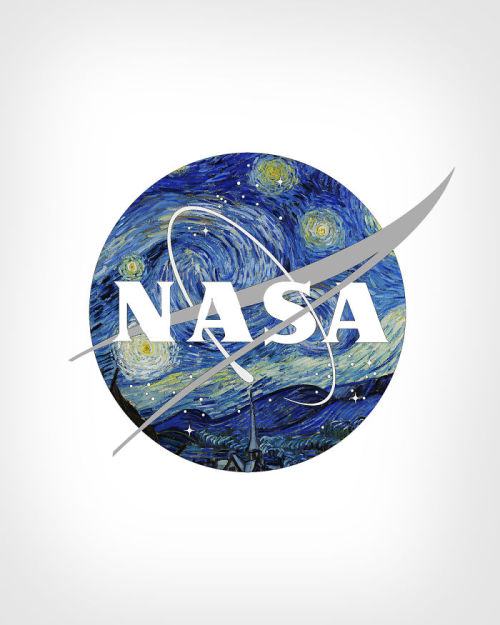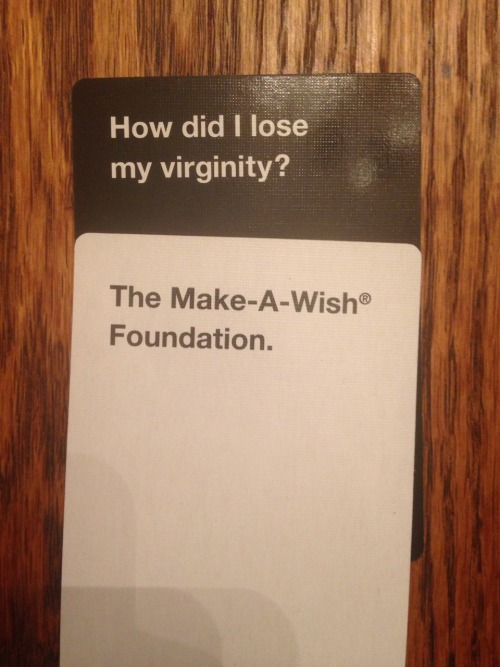Fascinating Article, Not AT ALL Surprising, But Fascinating All The Same
Fascinating article, not AT ALL surprising, but fascinating all the same
More Posts from Thebryanscout and Others
7 Sports Astronauts Love Without Gravity (Including Football)
Astronauts onboard the International Space Station spend most of their time doing science, exercising and maintaining the station. But they still have time to shoot hoops and toss around a football.
From chess to soccer, there’s a zero-gravity spin to everything.
1. Baseball



Baseball: America’s favorite pastime. JAXA astronaut, Satoshi Furukawa shows us how microgravity makes it possible to be a one-man team. It would be a lot harder to hit home runs if the players could jump that high to catch the ball.
2. Chess

Yes, it’s a sport, and one time NASA astronaut Greg Chamitoff (right) played Earth on a Velcro chess board. An elementary school chess team would pick moves that everyone could vote for online. The winning move would be Earth’s play, and then Chamitoff would respond. About every two days, a move would be made. But who won the historic Earth vs. Space match? Earth! Chamitoff resigned after Earth turned its pawn into a queen, but it was game well played.
3. Soccer


NASA astronaut Steve Swanson put a new spin on soccer by juggling the ball upside down. However, he might not have considered himself upside down. On the space station, up and down are relative.
4. Gymnastics

NASA astronauts usually sign off their videos with a zero-gravity somersault (either forwards or backwards). But astronauts are also proficient in handstands, flips and twists. The predecessor to the International Space Station, the Skylab, had the best space for the moves. The current space station is a bit tight in comparison.
5. Basketball

Objects that aren’t heavy don’t move very well on the space station. They kind of just float. It’s like Earth, but exaggerated. For example, on Earth a beach ball wouldn’t go as far as a basketball. The same is true in space, which is why playing with a basketball in space is more fun than playing with a beach ball.
6. Golf

People talk about hitting golf balls off skyscrapers, but what about off the International Space Station? While golf isn’t a normal occurrence on the station, it’s been there. One golf company even sent an experiment to the station to find out how to make better golf clubs.
7. Football

Zero gravity doesn’t make everything easier. Astronauts need to relearn how to throw things because their brains need to relearn how to interpret sensory information. A bowling ball on the space station no longer feels as heavy as a bowling ball on Earth. When astronauts first throw things on the space station, everything keeps going too high. That would put a wrench in your spiral for a couple of months. But once you adjust, the perfect spiral will just keep spiraling!
Make sure to follow us on Tumblr for your regular dose of space: http://nasa.tumblr.com

NASA’s logo reimagined with Vincent Van Gogh’s Starry Night, by Eisen Bernardo.

European Scientists Want to Shoot a Giant Bullet at Europa
Europa has been calling to astrobiologists for years. Although its surface is frigid and bombarded with radiation, inside it contains a vast liquid ocean that might be capable of supporting life. NASA is planning to launch an orbiter and lander to Europa in 2022, and during today’s meeting of NASA’s Outer Planets Assessment Group, scientists expressed interest in getting the European Space Agency (ESA) involved in the mission.
The most exciting proposal is for ESA to build a projectile that could penetrate a few meters below the surface of the icy Jovian moon, to learn about its geophysics and search for hints about the moon’s ability to support life.
Read about the full plan here.
Image Credit: Geraint Jones
Digging that Aurebesh on the poster!

Wanted! - art by Alex Ross

Straight Outta Gallifrey

The loneliest man.
STS-41B, February 12, 1984
Mission Specialist Bruce McCandless II, is seen further away from the confines and safety of his ship than any previous astronaut has ever been. This space first was made possible by the Manned Manuevering Unit or MMU, a nitrogen jet propelled backpack. After a series of test maneuvers inside and above Challenger’s payload bay, McCandless went “free-flying” to a distance of 320 feet away from the Orbiter. This stunning orbital panorama view shows McCandless out there amongst the black and blue of Earth and space.
Image: http://grin.hq.nasa.gov/IMAGES/LARGE/GPN-2000-001087.jpg
(Credit: NASA-JSC)








Why Would He Do That?
21, He/Him/His, lover of all things space, aviation, alt music, film, and anime
255 posts
